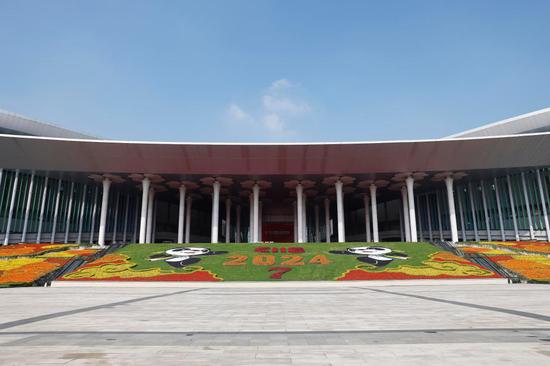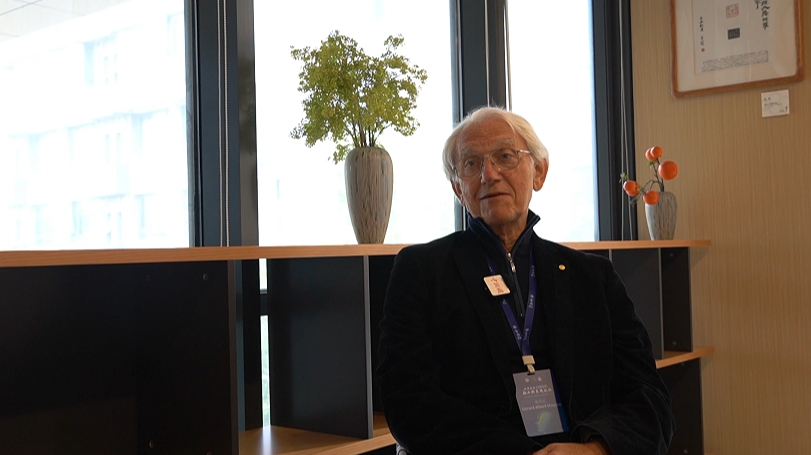Amid efforts to boost the nation's birth rate, the China Statistical Yearbook 2024 recently released by the National Bureau of Statistics said only eight provincial-level regions recorded a positive natural population growth rate last year.
According to the yearbook, the top three regions in terms of natural population growth rates last year were the Xizang autonomous region, the Ningxia Hui autonomous region and Guizhou province, while those in Fujian, Jiangxi and Zhejiang provinces have shifted from positive to negative.
China's total population dropped for the second consecutive year in 2023, decreasing by roughly 2.08 million to 1.41 billion. The total number of newborns in the country for the year was 9.02 million, with a birth rate of 6.39 per thousand, it said.
The five provincial-level regions with the lowest birth rates last year were Tianjin, Shanghai and the provinces of Liaoning, Jilin and Heilongjiang. Among them, Heilongjiang had the lowest birth rate at only 2.92 per thousand.
The number of permanent residents in Heilongjiang has been declining since 2011, from 38.33 million in 2010 to 30.62 million last year, according to data released by the provincial statistics bureau.
Population experts said that Heilongjiang's continuous population decline was largely attributed to a combination of factors such as low birth rates, an accelerated aging trend and population outflow.
Nationwide, the country's current total fertility rate — the average number of babies born to each woman of reproductive age — has fallen to a concerning level of around 1, according to the latest government statistics.
"It is a globally common challenge to raise fertility rates, and it's not something that can be achieved overnight," said Yuan Xin, a professor at Nankai University and vice-president of the China Population Association, adding that the process is long and comes with extremely high costs.
The nation's total fertility rate fell below the replacement level of 2.1 to 2.08 in 1992, and the low fertility trend has continued over the past three decades, he noted.
Yuan said it's good to see that the central and local governments have rolled out a slew of pro-birth measures in recent years, from tax exemptions and maternity subsidies to longer maternity leave for women and paternity leave for their spouses.
He suggested expanding the coverage of maternity subsidies nationwide and increasing the amount, especially for families with first and second newborns. Meanwhile, comprehensive efforts should be made to build a more childbirth-friendly society through a multipronged approach.
Notably, Guangdong province registered just over 1 million newborns last year, the highest in the country for the sixth consecutive year, according to the yearbook.
In Yuan's view, this is partly due to Guangdong's relatively developed economy, which attracts a significant number of people from other provinces, especially young people.
Additionally, the province's relatively well-preserved traditional family culture instills a stronger willingness among local residents to have children, he said.


















































 京公網安備 11010202009201號
京公網安備 11010202009201號